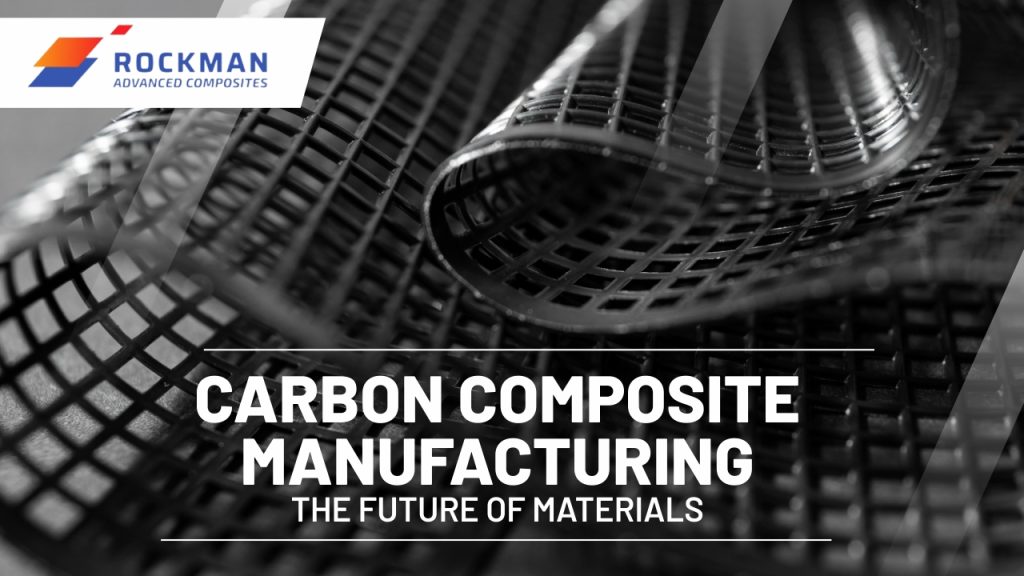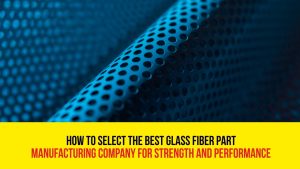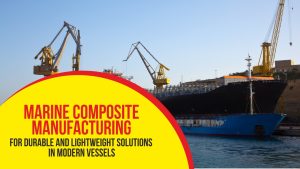Carbon composites are materials that have emerged as a game-changer in the world of advanced materials. It is a fine example of a high-performing composite material, which due to its structural form is known for its exceptional strength, durability, and lightweight properties. Due to these features, carbon composites are playing a vital role in redefining industries like sports, automotive, aerospace, defence, and even consumer electronics.
What are Carbon Composites?
Carbon composites are materials made of carbon fibers embedded in a polymer matrix usually epoxy resin. It is also referred to as carbon fiber-reinforced polymers (CFRP) in which carbon fibers offer strength and stiffness whereas polymer matrix distribute the load and prevent fibers from getting damaged. The amalgamation of carbon fibers and polymer matrix creates a material that is extremely strong yet light in weight. The best thing about carbon composites is that it exceeds the strength-to-weight ratio of metals like steel and aluminium. Due to a fine blend of properties, this material proves ideal for industries like aerospace and automotive where light in weight and high-performance vehicles are highly valued. Vehicles that are light in weight have better speed and fuel efficiency, thus carbon composites are of great value to these industries.
The Process of Carbon Composite Manufacturing
Carbon composite is a lightweight and high-strength material, made from very thin strands of carbon that are tightly woven together to make a strong yet lightweight fabric. Carbon composite manufacturing is a tedious and technical process that requires special materials, equipment as well as precision, and expertise. Carbon composite manufacturing goes through a series of steps that are discussed below:
Production of Carbon Fiber – Carbon composite manufacturing starts with the creation of carbon fibers that are generally made from a carbon material called polyacrylonitrile (PAN). To align the molecular structure and remove non-carbon elements, the PAN fibers are heated and stretched in several stages. This further results in long strands of carbon fibers.
Weaving the Carbon Fiber – The next step in carbon composite manufacturing is weaving the carbon fibers into fabric-like sheets or the fibers are used as unidirectional layers, which depend on the desired strength and flexibility of the material. The weaving process provides structural stability to the material in multiple directions whereas unidirectional fibers provide strength in a single specific direction that is mostly required for a specific application.
Resin Infusion – After preparing the carbon fibers, these are mixed with a polymer usually epoxy resin. The infusion of fibers with a polymer is carried out either through the prepreg process, resin transfer moulding process, or through vacuum-assisted resin transfer moulding process. In the prepreg process, carbon fibers are pre-impregnated with resin and stored in a refrigerator until they are ready to keep in moulds for curing. In the RTM process, dry carbon fibers are placed in a mould, and resin is injected under pressure. This leads to precise control over the shape and consistency of the final product. The VARTM is an advanced process of RTM in which vacuum pressure is used to infuse resin through the carbon fiber layers. This further leads to uniform distribution and reduces voids within the composite structure.
Moulding – Carbon fibers infused with resin are carefully laid layer by layer in moulds to give the desired shape. The fiber orientation is vital because different arrangements will provide varying levels of strength and flexibility. To ensure the right balance of weight, strength, and stiffness in the carbon composite, skilled technicians design the layup pattern of the material that optimizes performance for specific applications.
Curing – The curing process is carried out after the layering and moulding of carbon fibers. In this process, a chemical reaction in the resin is initiated by exposing the composite to heat and pressure in an oven or autoclave that leads to harden the material and allows it to bond with the carbon fibers. It solidifies the structure and transforms carbon composite into a durable, rigid material that can withstand extreme conditions and heavy loads.
Finishing – The last and final step of carbon composite manufacturing is the finishing process in which the material undergoes trimming, sanding, and coating to obtain the desired dimensions and surface quality. Sometimes, additional treatments like painting or protective coatings may be required to enhance the aesthetics or to improve resistance to environmental factors such as UV radiation or corrosion.
The Future of Carbon Composite Manufacturing
With industries pushing the performance boundaries, the carbon composite market is expected to grow. Several studies and research have been going on into new composite materials like hybrid composites that is a combination of carbon fibers and materials like glass to enhance properties like toughness or cost-effectiveness. Research is also being carried out to come out with a sustainable carbon composite manufacturing process that reduces energy consumption during production and comes out with ways to recycle carbon composites after their life cycle. These are crucial to make this material more eco-friendly.








